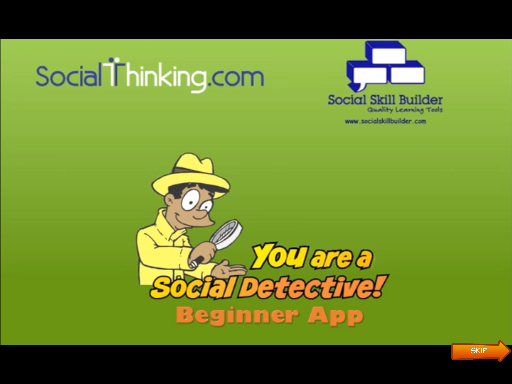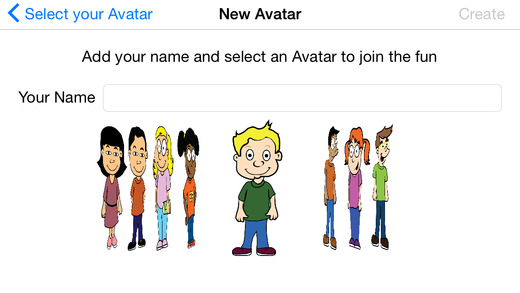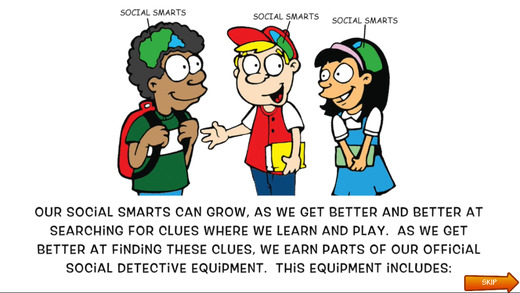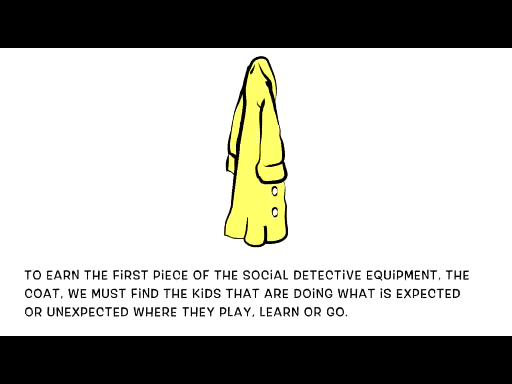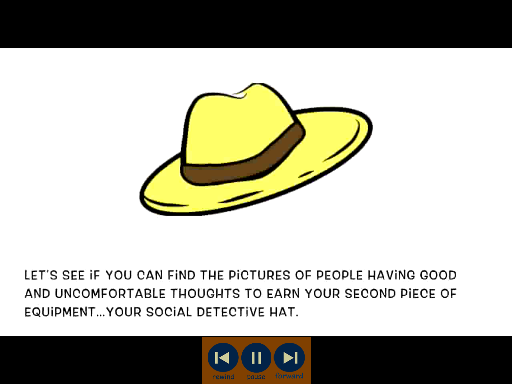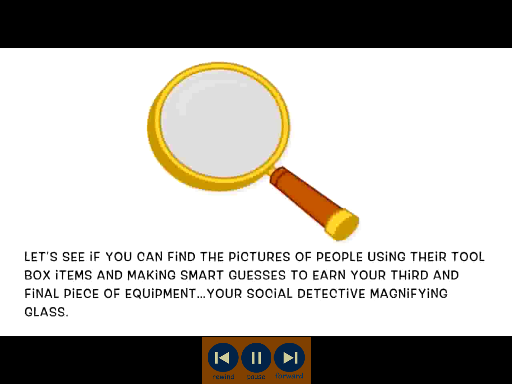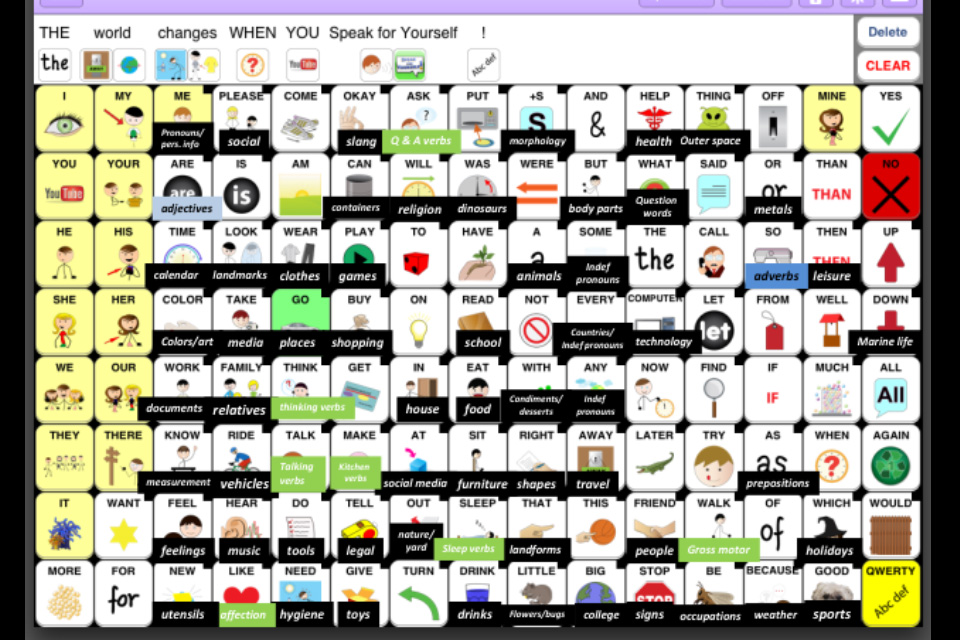ChatAble is an AAC app developed by Therapy Box, a leading technology company based out of the UK. I was initially interested in this app because it was the only app on the market to give users scene and grid communication options on the same page. What that means is that you could upload a picture or a photograph of a scene, create hotspots that that child could touch to activate a video or audio recording and also have icons or pictures in a grid next to the scene.
It is incredibly easy to program. I created a hybrid page (pages with scenes and grids) within minutes of downloading the app. While I think everyone should always read the manual and watch the overview videos before programing any AAC system, I have to admit, ChatAble might be one of the easier and more intuitive ones to set up.
My favorite part of the app is the ability to incorporate a variety of media options such as youtube links, websites, iTunes songs, self-recorded videos, and more. While a child can certainly use this app as a communication system, I also use it to build receptive language, vocabulary, and syntax. It is so easy to import personal photographs to create buttons and scenes. By addting hotspots that lead to a video makes it exciting and dynamic for the clients. Really, the possiblilities are endless.
I’ve included the overview video of the app that is on the Therapy Box website for this blog. I will be writing about how I used this app with Amelie to move her from just requesting foods to other functions in my next blog. So stay tuned for the next edition of “A Voice for Amelie.”
Disclaimer: Therapy Box provided my practice with this app to use with my clients. However, all the opinions and thoughts in the review are my own.
 Every one of us is a Social Detective! We are good social detectives when we use our eyes, ears, and brains to figure out what others are planning to do next or are presently doing and what they mean by their words and actions.
Every one of us is a Social Detective! We are good social detectives when we use our eyes, ears, and brains to figure out what others are planning to do next or are presently doing and what they mean by their words and actions.